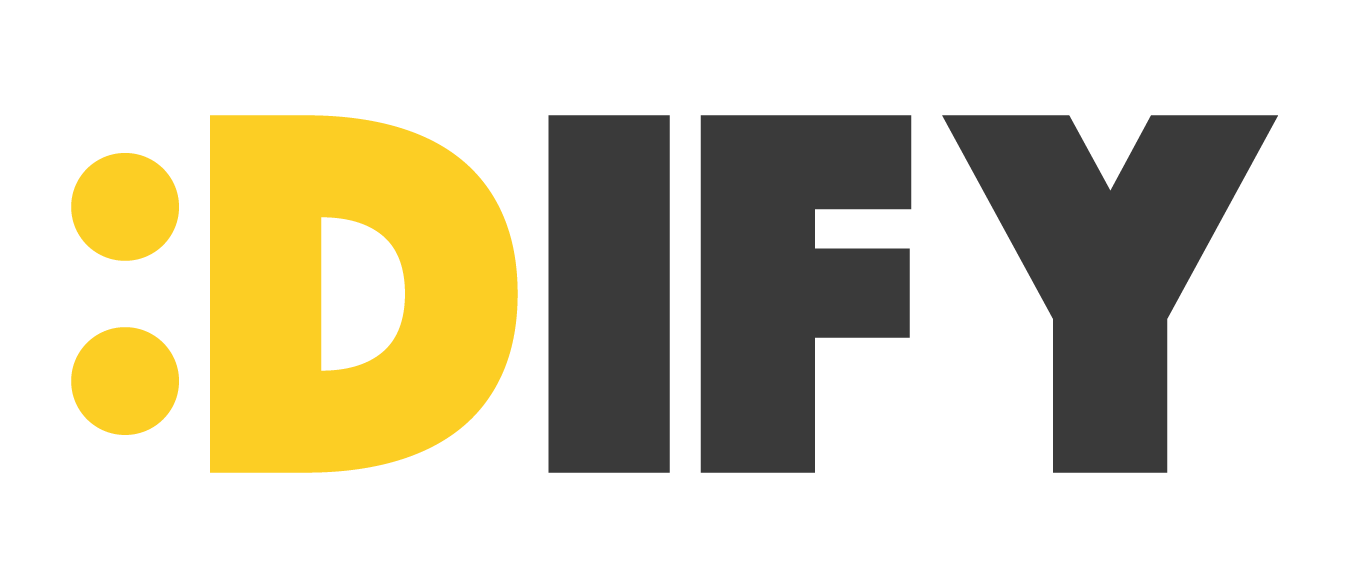Content Creator vs. Influencer: Understanding the Difference
In today's digital landscape, "content creator" and "influencer" are often used interchangeably, but they represent distinct roles.
Let's break down what each means and how to leverage their unique strengths in your marketing strategy.
What is a Content Creator?
A content creator produces content, such as blogs, videos, graphics, or podcasts, that informs, entertains, or educates. They share this content across various digital platforms such as blogs, social media, or streaming services. However, content creators can have a smaller audience.
What is an Influencer?
An influencer creates content and has a significant following that they can influence to take action, such as making a purchase. Influencers have built communities that trust them, making their endorsement valuable to brands.
Leveraging Content Creators and Influencers in Your Marketing Strategy
While both roles are important, they serve different purposes in your digital marketing strategy.
How to Use Content Creators
Consistent Brand Representative: A content creator can regularly produce content for your social media channels, helping maintain a consistent brand voice. For instance, Erin Confortini is the primary content creator for Ditch.io, serving as a recognizable face and voice for the brand. This role allows the creator to interact closely with your community, understanding their needs and preferences.
UGC Creator: User-generated content (UGC) creators can fill out your content schedule or create ads for campaigns. This typically involves providing a brief and managing the creator to ensure their work aligns with your overall strategy.
How to Use Influencers
Influencers, being content creators with an audience, offer additional value through their reach and influence.
Promotions: You can partner with influencers to create and promote content featuring your brand. This could be social media posts, blog articles, or videos. Examples include sponsored content, product reviews and endorsements, and brand ambassadorships.
Affiliate Marketing: Influencers can share trackable affiliate links or discount codes, earning a commission on sales made through these links.
Finding the Right Creators and Influencers
To launch a successful campaign, finding the right content creators and influencers is crucial. Here are some things to consider:
Brand Alignment: Ensure their style and values resonate with your brand.
Audience Overlap: Choose creators whose followers mirror your target market.
Content Versatility: Find creators who can adapt to your campaign's needs, whether it's photos, videos, or stories.
Finding Influencers
Look for influencers who have a strong connection with their audience. It's not just about follower count; it's about how engaged their fans are.
Also, consider their track record. Have they worked with brands before? How did those partnerships go? Their experience can give you clues about how well they might work with your brand.
Conclusion
While a content creator can also be an influencer, not every content creator has the reach and influence to drive consumer actions. When developing your digital strategy, consider the type of partnership you need and select creators who best represent your brand. Authentic, engaging content that connects with your audience is key to success. Whether through brand ambassadors, sponsored posts, or regular content creation, ensure your approach aligns with your brand values and audience preferences.
Ready to boost your marketing efforts? Hit us up at enquiries@dify.sg!
